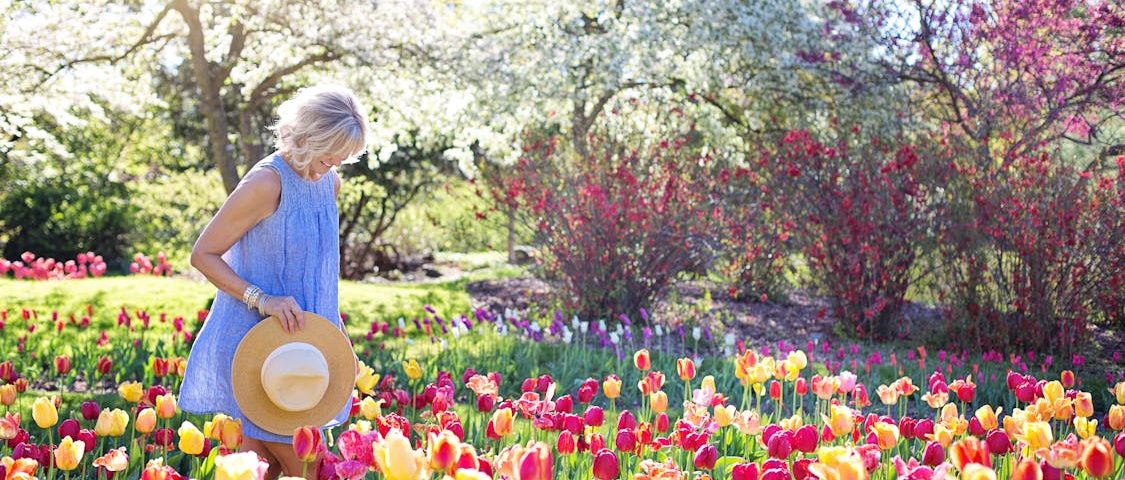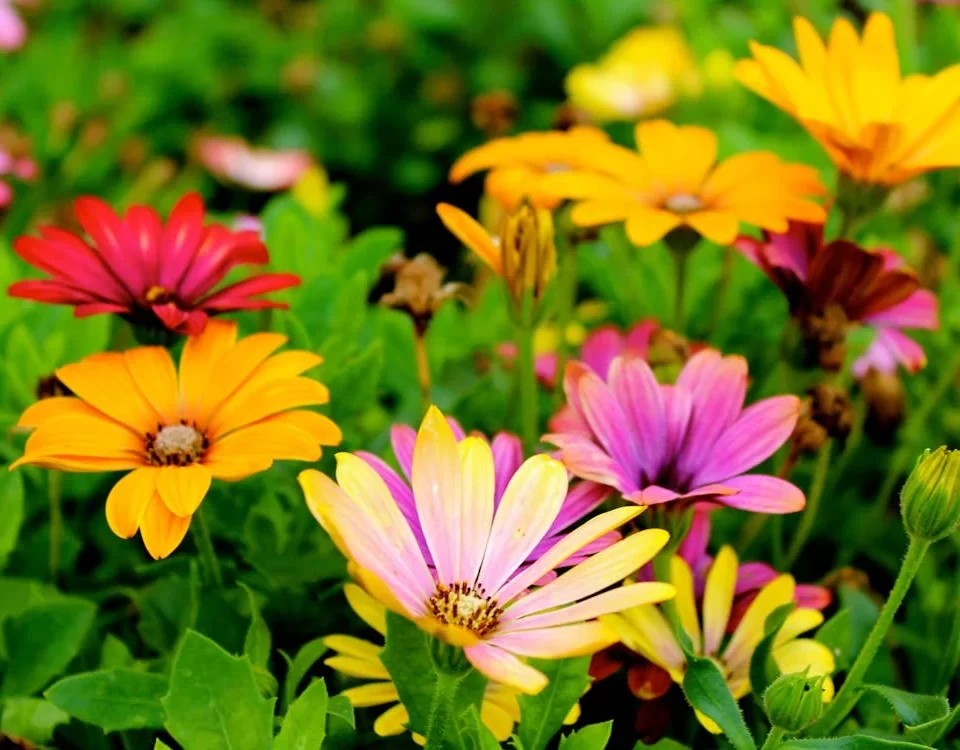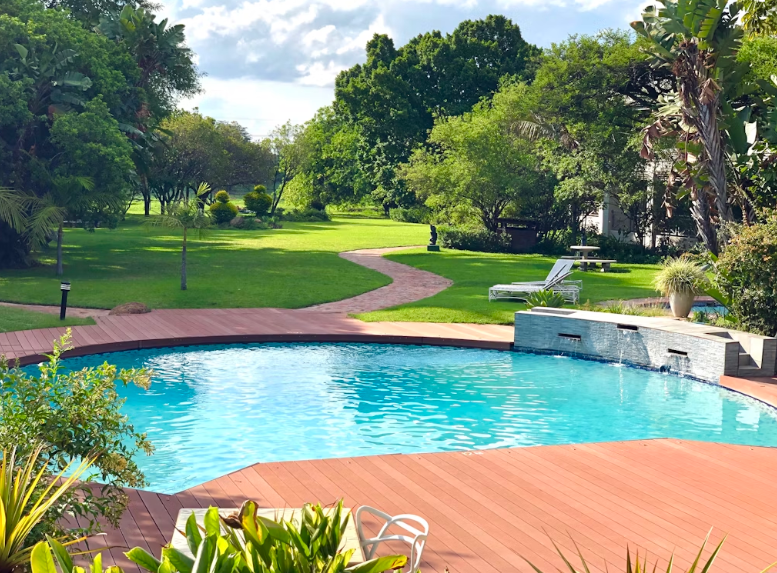Top Sustainable Landscaping Practices for Residential Properties

The Best Native Plant Species for Drought-Tolerant Landscaping in Toronto
April 29, 2024
Landscaping can create beautiful outdoor spaces, but it can also have a significant impact on the environment. Traditional landscaping practices often involve high water usage, chemical fertilizers, and pesticides, which can harm local ecosystems and contribute to climate change. How can you embrace sustainable landscaping architecture?
Xeriscaping: A Water-Saving Technique
Sustainable landscaping practices, on the other hand, focus on conserving resources, reducing environmental impact, and creating healthy and resilient outdoor spaces. Here are some top sustainable landscaping architecture practices for residential properties.
Water conservation is a critical component of sustainable landscaping, especially in dry and arid climates. Xeriscaping is a landscaping technique that focuses on water conservation and drought tolerance. Instead of using water-intensive plants, xeriscaping incorporates drought-tolerant species that require minimal watering.
Homeowners can also use mulch to retain soil moisture and reduce evaporation, and install efficient irrigation systems that deliver water directly to the plant roots.
One of the advantages of xeriscaping is that it can save homeowners money on their water bills. By reducing water usage, homeowners can also help conserve local water resources and reduce the strain on municipal water supplies. Moreover, xeriscaping can result in beautiful and sustainable landscapes that require less maintenance and are better adapted to local environmental conditions.
Native Plantings: Supporting Local Ecosystems
Native plantings are another important aspect of sustainable landscaping. Native species are adapted to the local climate and soil conditions, making them more resilient and low-maintenance than non-native species. Moreover, native plants support local ecosystems by providing food and habitat for local wildlife, such as birds, butterflies, and bees.
One of the benefits of native plantings is that they require less water, fertilizer, and pesticides than non-native species. This reduces the environmental impact of landscaping and saves homeowners time and money. Homeowners can also choose native plants based on their aesthetic preferences, as many native species have attractive flowers, foliage, and textures.
Composting: Enriching the Soil
Composting is a simple and effective way to reduce waste and improve soil health. Homeowners can compost organic waste such as grass clippings, leaves, and kitchen scraps to create a nutrient-rich soil amendment that promotes healthy plant growth. Composting also reduces landfill waste and greenhouse gas emissions, which are major contributors to climate change.
To start composting, homeowners can create their own compost bins using materials such as wood, wire, or plastic. They can then add organic materials to the bin, layering brown materials such as leaves and twigs with green materials such as food scraps and grass clippings. Over time, the compost will break down into a dark, crumbly substance that can be used as a soil amendment.
Permeable Hardscaping: Reducing Runoff
Hardscaping refers to the non-plant elements of landscaping, such as walkways, patios, and retaining walls. Traditional hardscaping materials such as concrete and asphalt can contribute to runoff and erosion, which can harm local waterways and ecosystems. Permeable hardscaping, on the other hand, allows rainwater to infiltrate the soil instead of running off into storm drains.
Permeable hardscaping materials include permeable pavers, gravel, and porous concrete. These materials allow rainwater to filter through the gaps between the stones or through the porous surface, where it can be absorbed by the soil and replenish groundwater supplies. Permeable hardscaping also reduces erosion and controls runoff, which can help prevent flooding and soil loss.
Contact Us Today
Sustainable landscaping practices can help conserve resources, reduce environmental impact, and create beautiful and resilient outdoor spaces. Xeriscaping, native plantings, composting, and permeable hardscaping are just some of the top practices that homeowners can use to create sustainable landscapes.
By incorporating these practices into their landscaping efforts, homeowners can save money, reduce waste, and contribute to a healthier and more sustainable environment.




